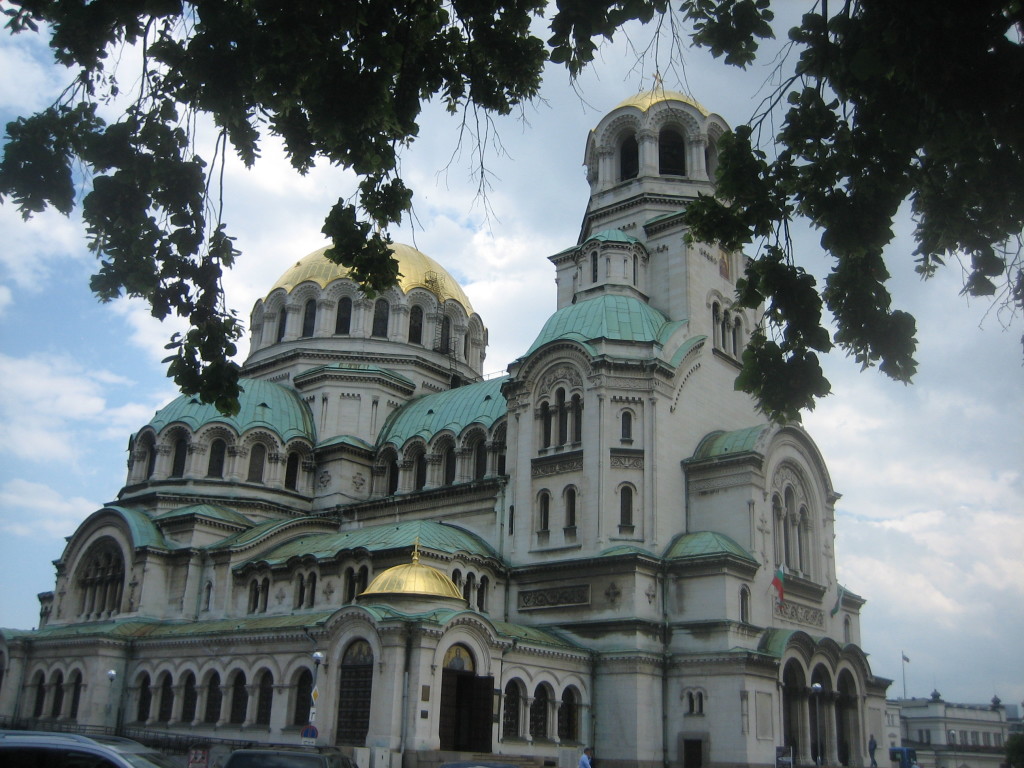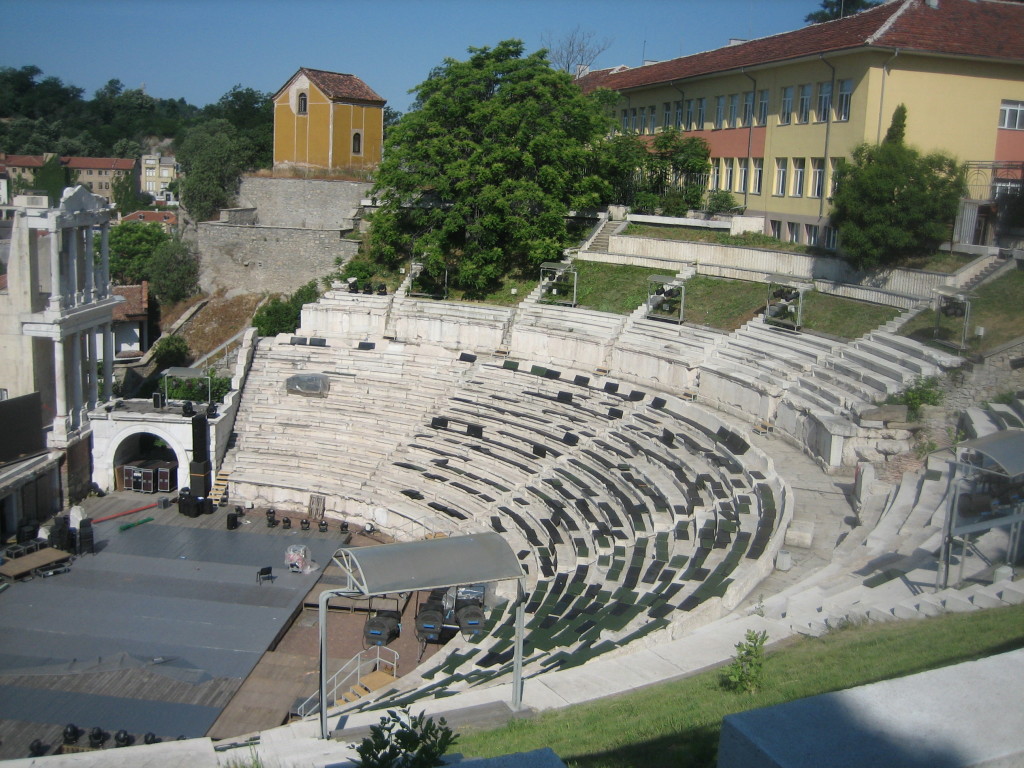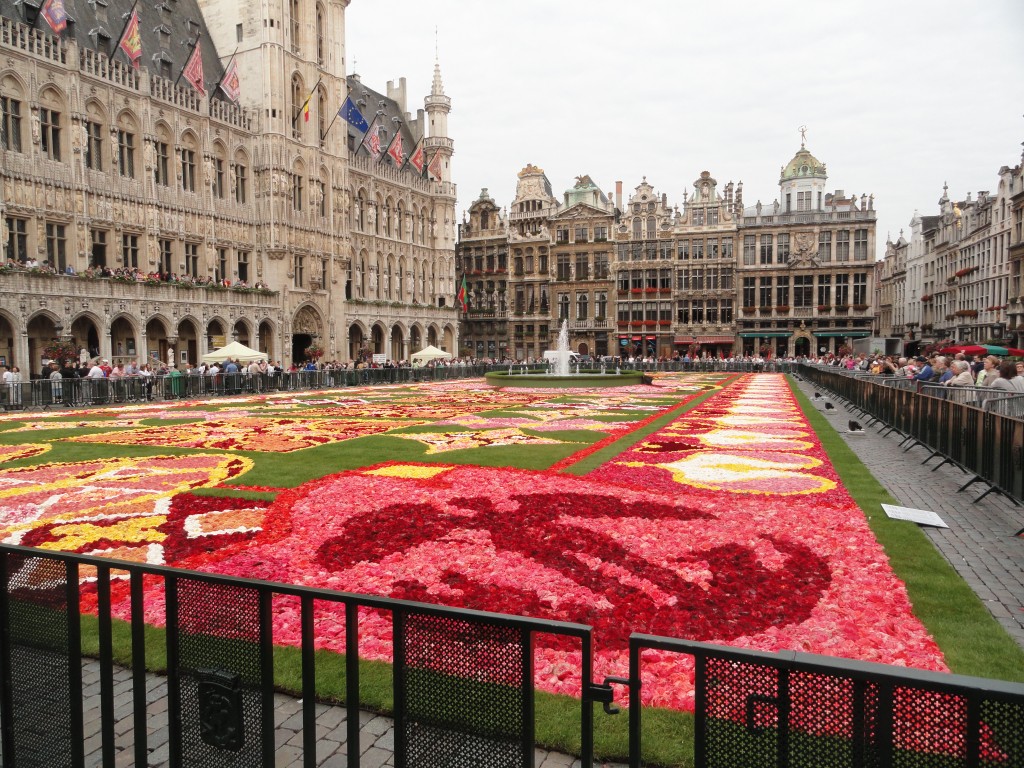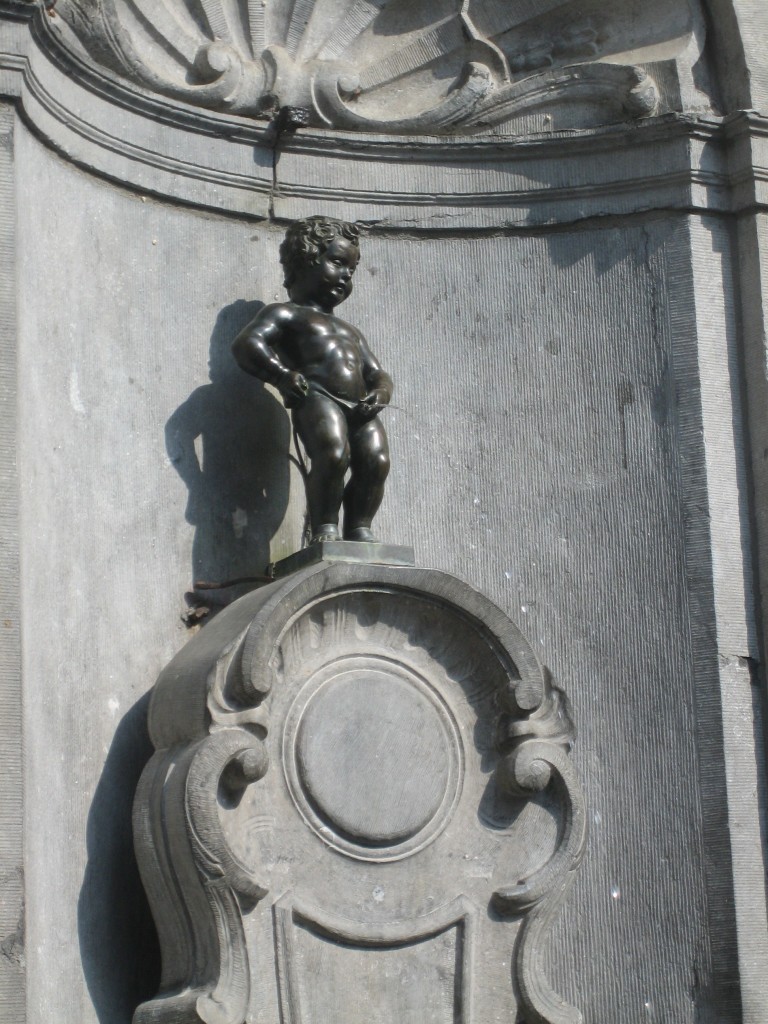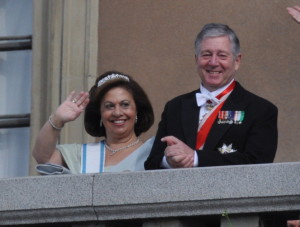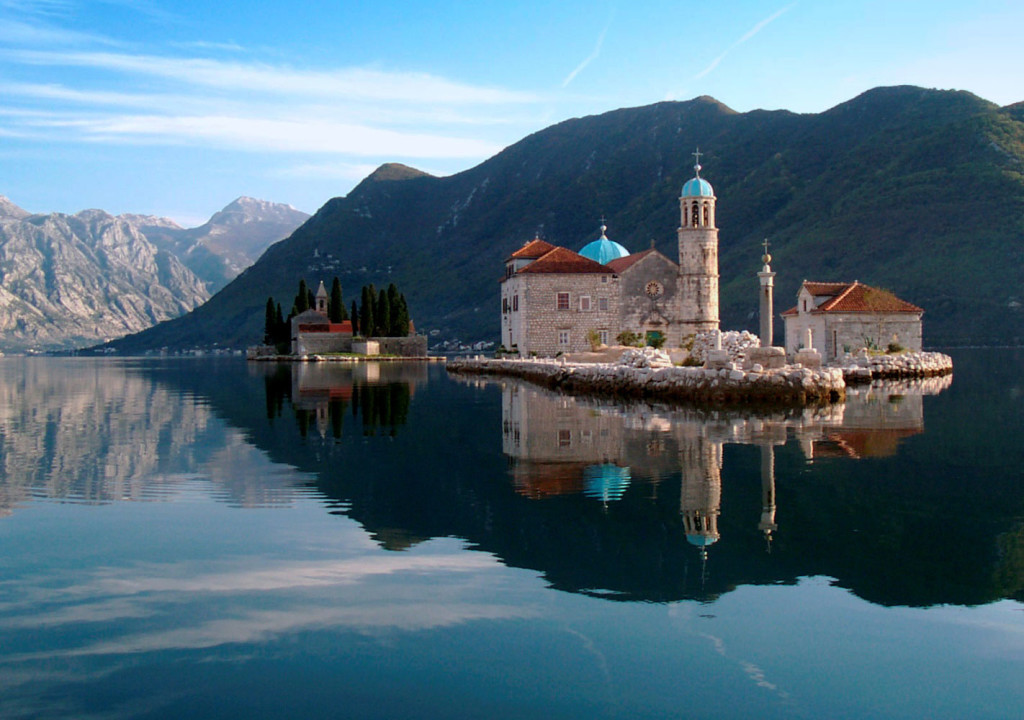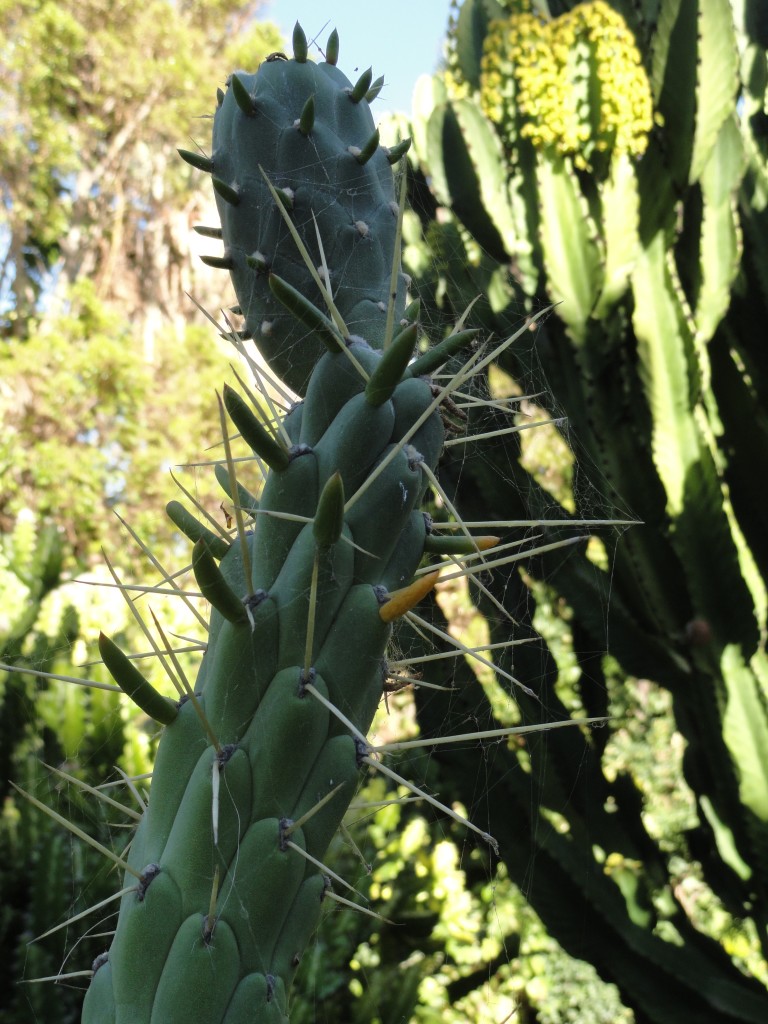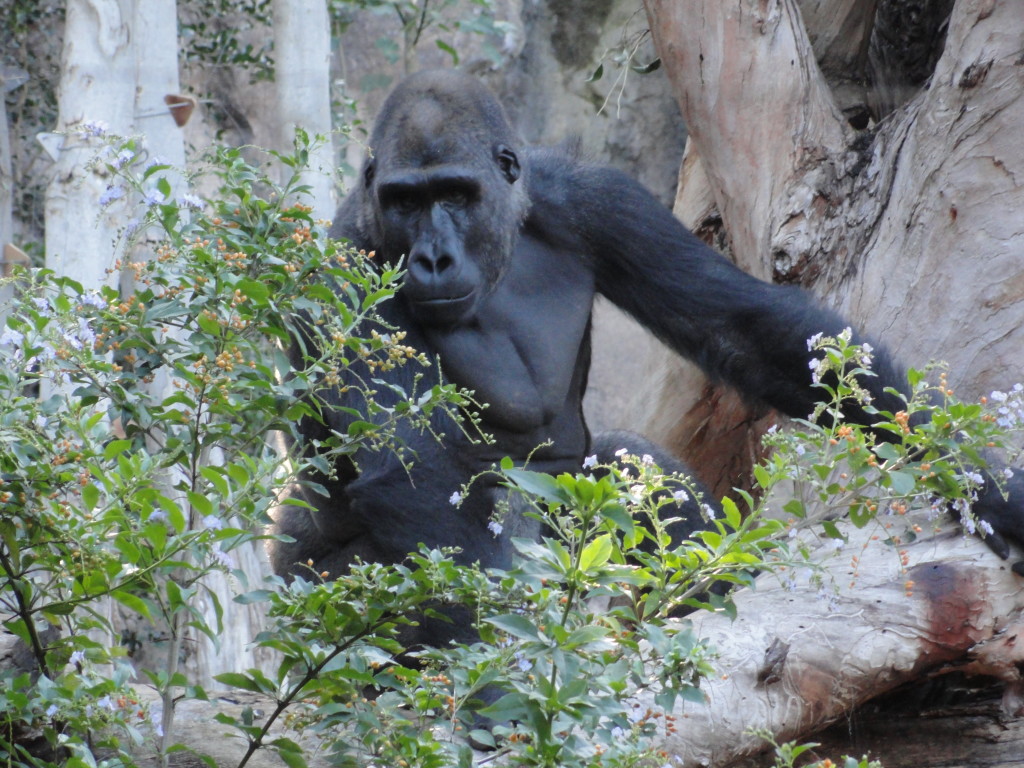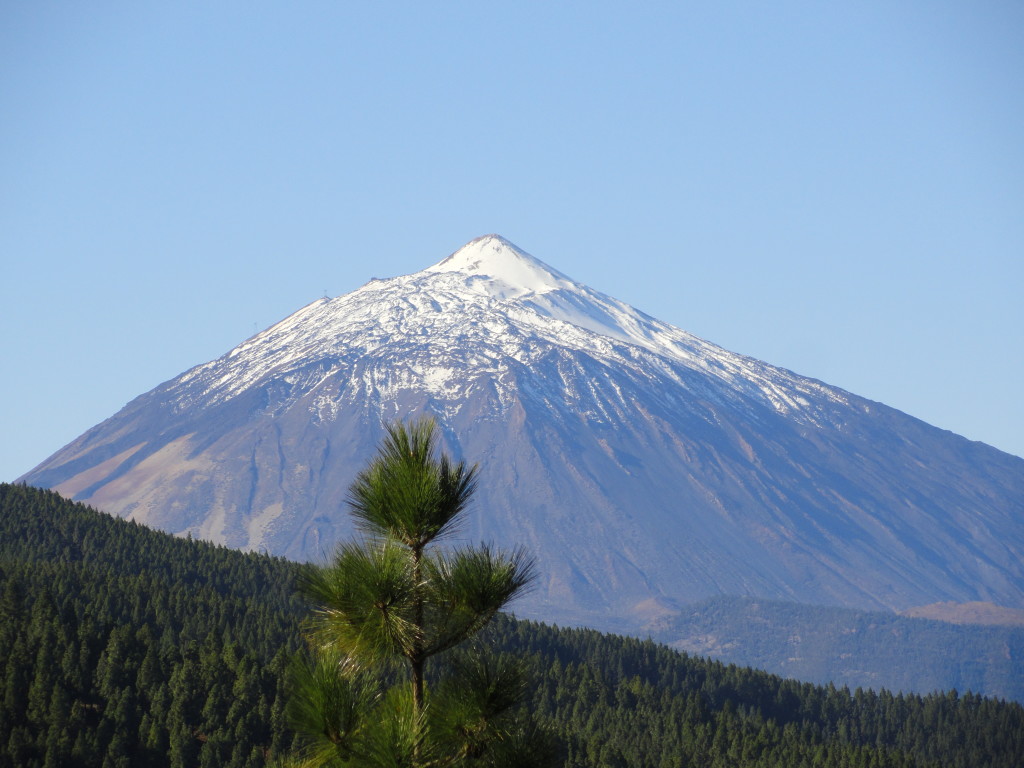Our small De Havilland Otter hovered a few hundred feet over the seas as the thundering clouds released torrents of rain highlighted by jagged bolts of lightning. The Dry Tortugas were anything but dry.
Most people think of Key West as the end of the Florida keys, but there are several smaller keys stretching beyond the famed home of Hemingway. About 70 miles west of Key West is Dry Tortugas National Park, accessible only by boat or float plane. I flew, though we almost didn’t take off. Cooling our heels at the small Key West airport, we watched the early morning lightning bring in wind-swept squalls. After an hour or so delay we got the okay and eagerly rushed the tarmac to board our 10-person flight. Storm clouds and rain parted in Moses-like fashion, just enough for our plane to squeeze through. Passing over reefs and wrecks we a lit on the water and coasted to the pier moments before the rain doused us once again.
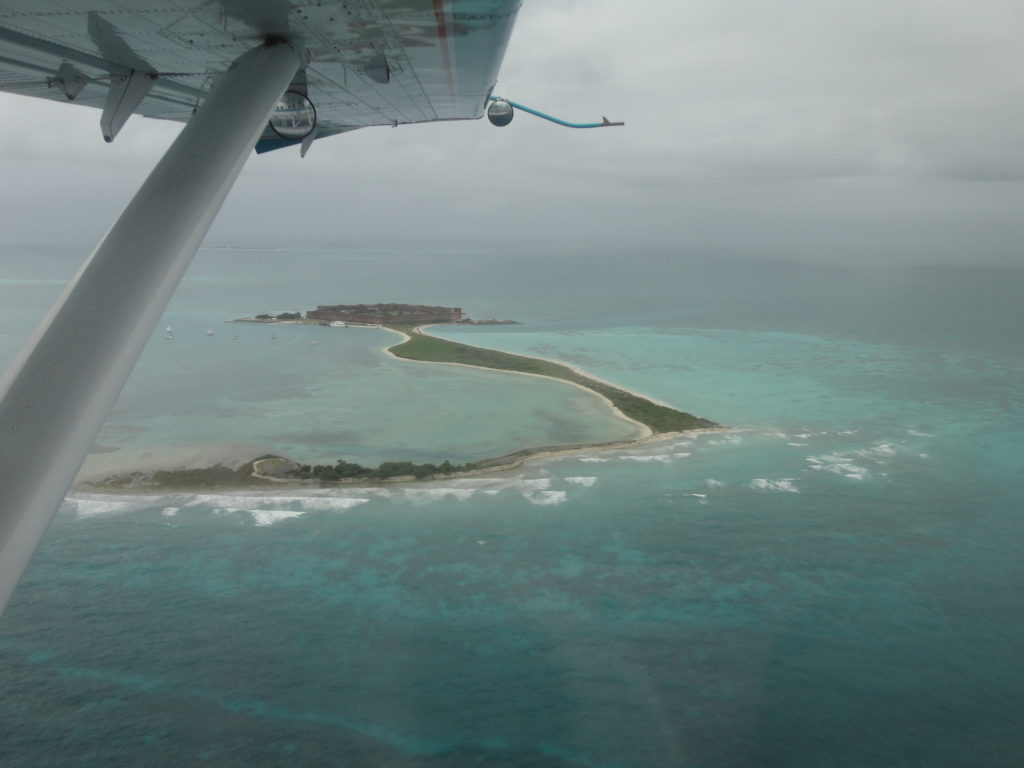
For the record, the “dry” part of the name refers the lack of fresh spring water, a major problem for the inhabitants. Tortugas is Spanish for turtles, the name thanks to Ponce de León after seeing several sea turtles around the island.

The main feature of the Dry Tortugas is Fort Jefferson. The largest all-masonry fort in the United States, it was constructed from 1846 to 1875 but nevertheless was never quite finished. During the Civil War concerns grew that the weight of the brick and cannons was causing the small island it sat on to sink. It served as a Civil War prison, though it’s most famous use was to house the four conspirators sentenced for their role in the assassination of Abraham Lincoln. Dr. Samuel Mudd, Edmund Spangler, Samuel Arnold, and Michael O’Laughlen served time in the fort; Mudd’s medical service during a yellow fever epidemic that killed many prisoners (including O’Laughlen) would result in his pardon and release by President Andrew Johnson. This fact is one of the main reasons I went out to the Tortugas.
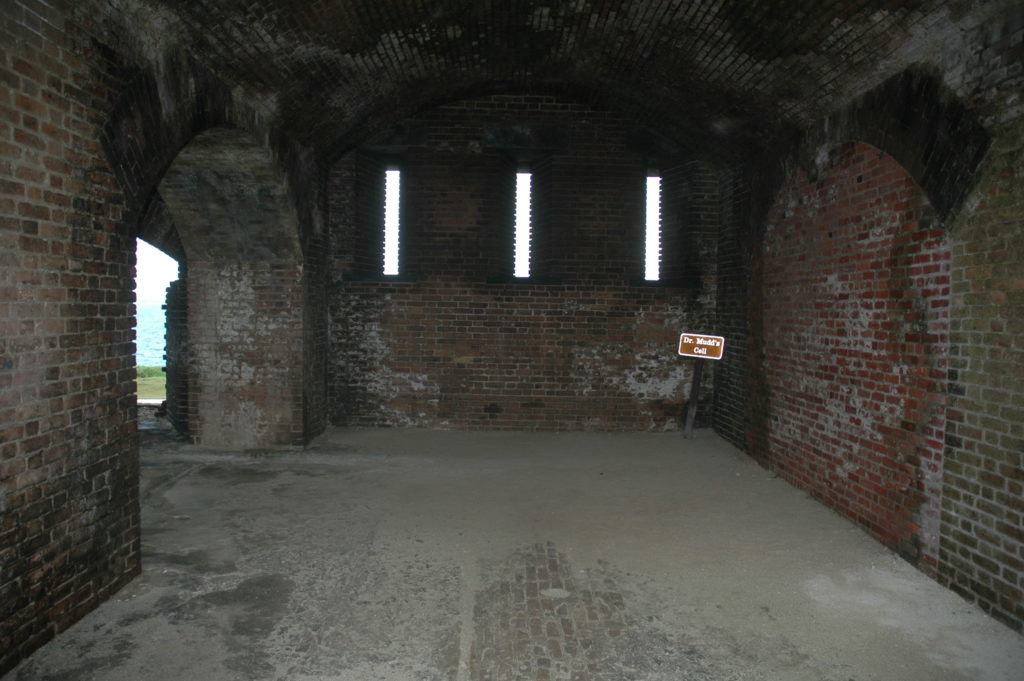
Another reason is the rich ocean life adjacent to the fort and the other small islands that encompass the 100 square mile National Park. Due to the weather we had only a short time for snorkeling, but still saw many fish and pelicans.
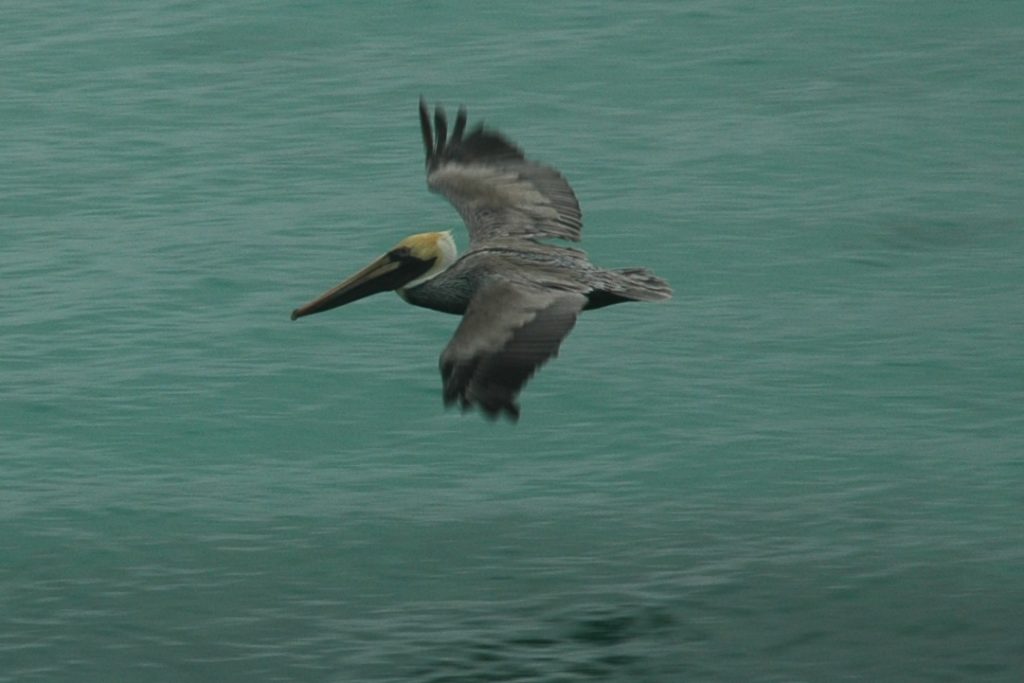
Rain again cleansed the plane as we skimmed the sea surface, briefly glimpsing a couple of the famed tortugas on the flight back. The skies seemed to light up as we touched down at the Key West airport. At least we could look forward to a delightful afternoon exploring Duval Street and Mallory Square. The Dry Tortugas could have been drier, and we could have seen more turtles, but the experience was still heavenly. This trip included time in the Everglades, in the Keys, and on the reefs, so there is much more still to show and tell. Stay tuned.
David J. Kent is an avid science traveler and the author of Lincoln: The Man Who Saved America, in Barnes and Noble stores now. His previous books include Tesla: The Wizard of Electricity (2013) and Edison: The Inventor of the Modern World (2016) and two e-books: Nikola Tesla: Renewable Energy Ahead of Its Time and Abraham Lincoln and Nikola Tesla: Connected by Fate.
Check out my Goodreads author page. While you’re at it, “Like” my Facebook author page for more updates!
[Note: All photos David J. Kent except first one by Ru Sun]



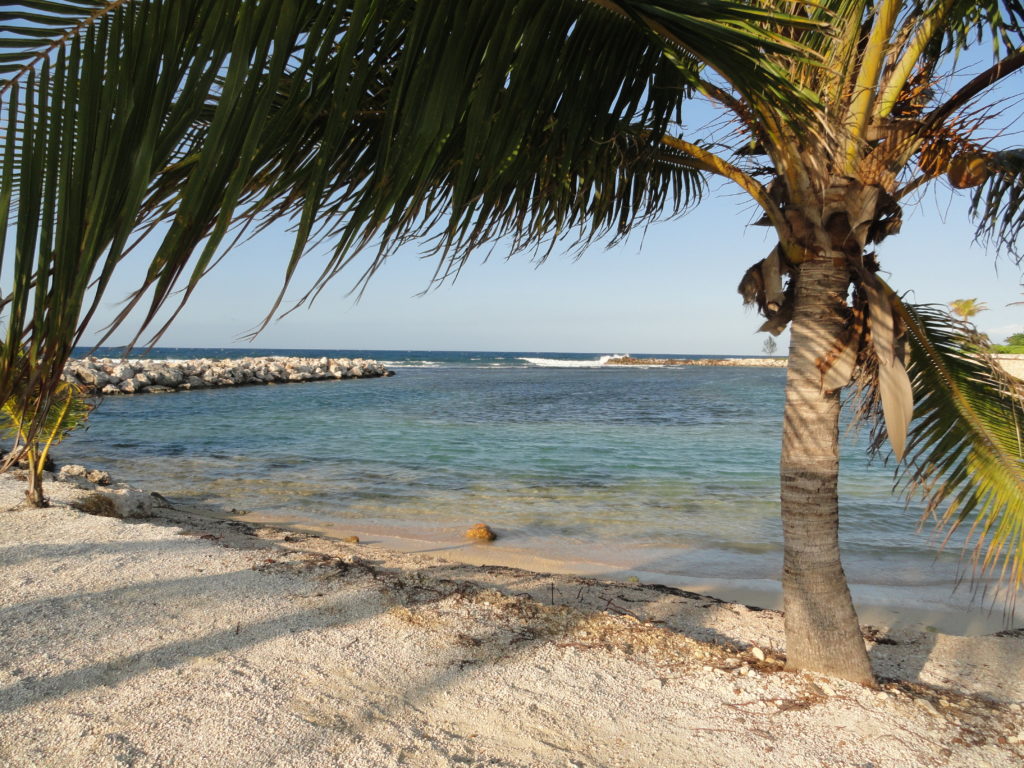

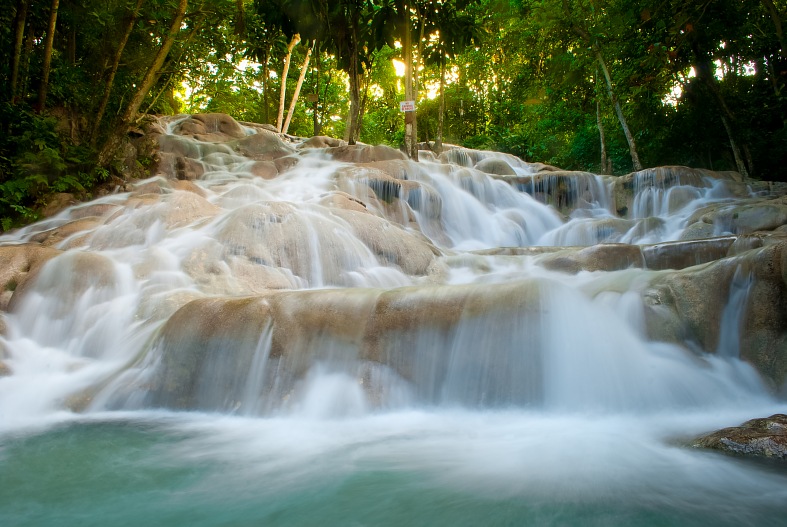
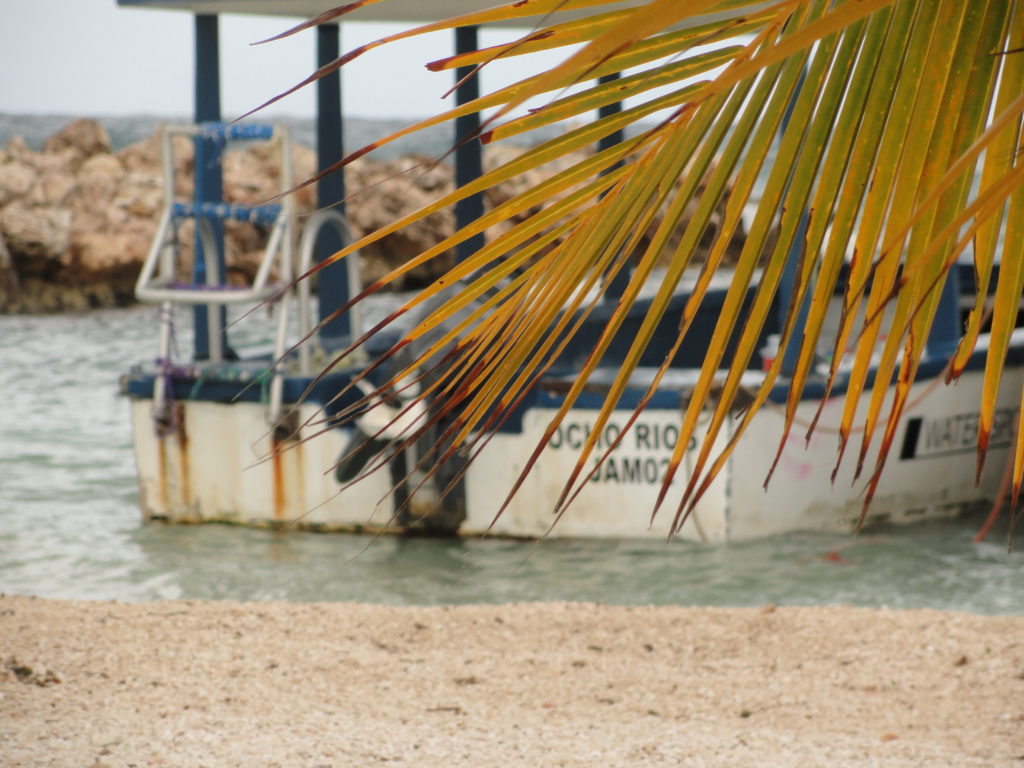
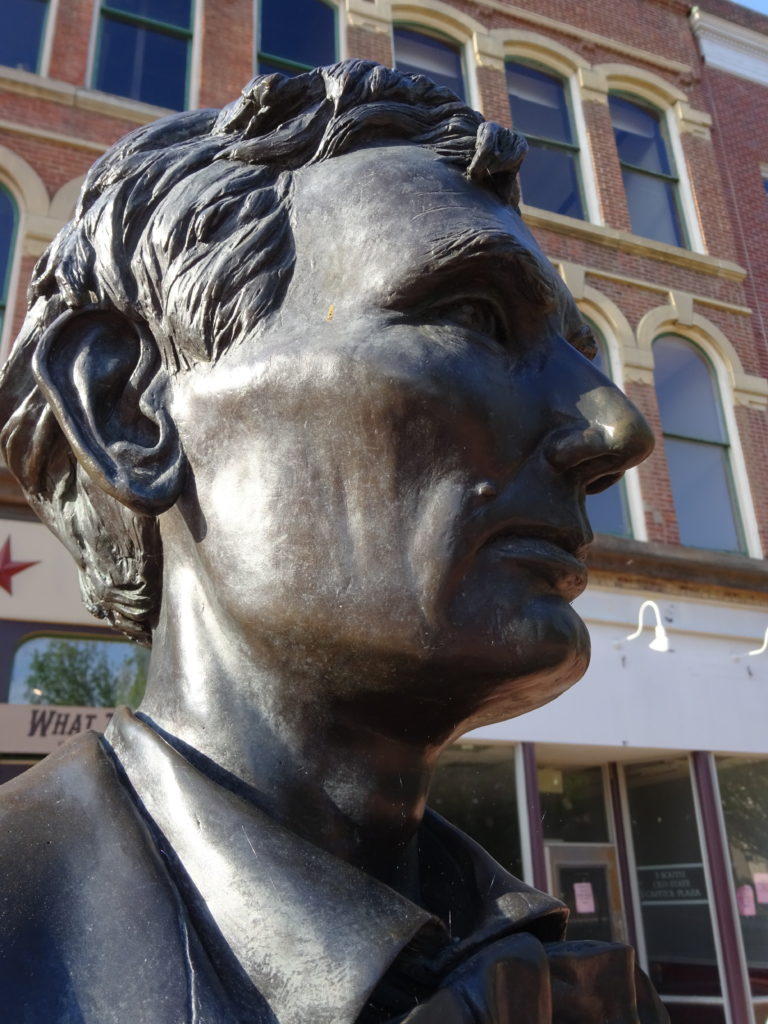
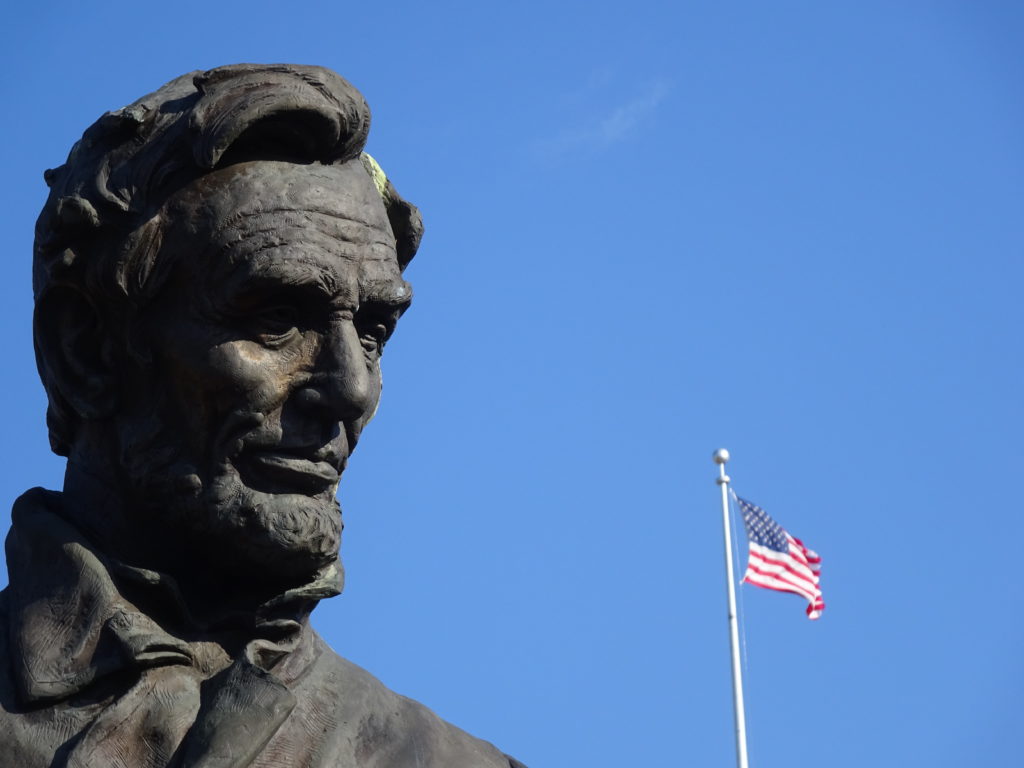
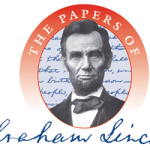
 The impetus for my impending visit was
The impetus for my impending visit was 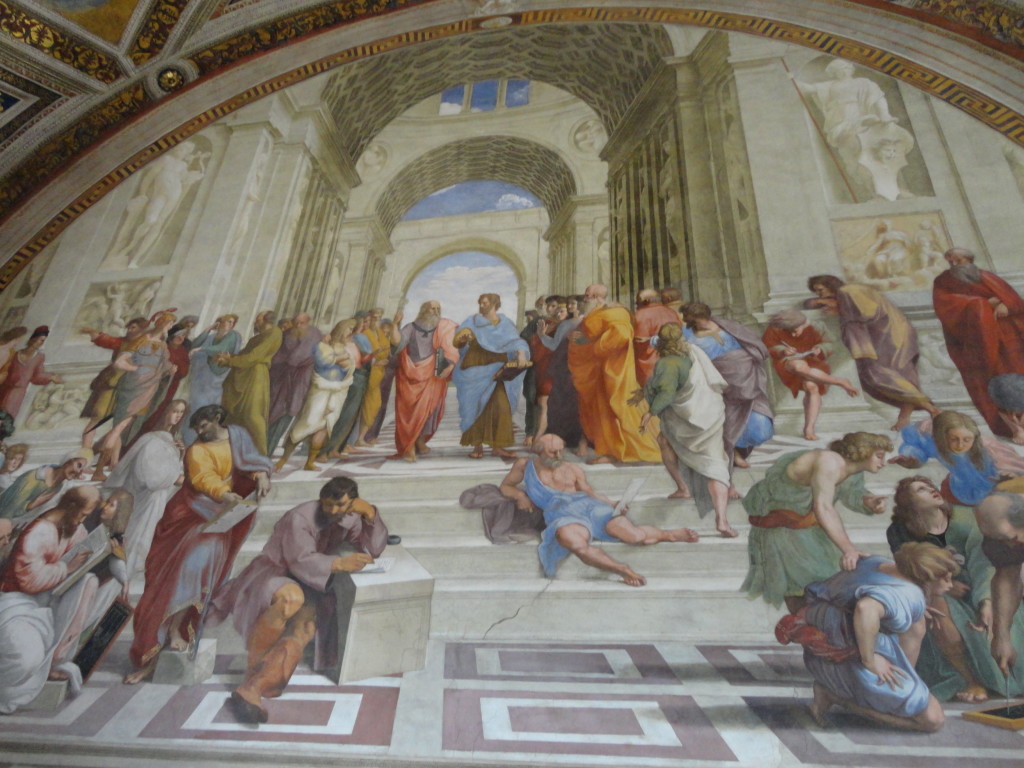
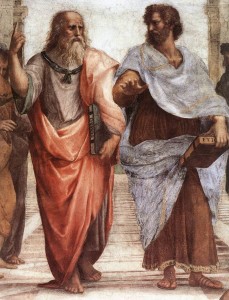
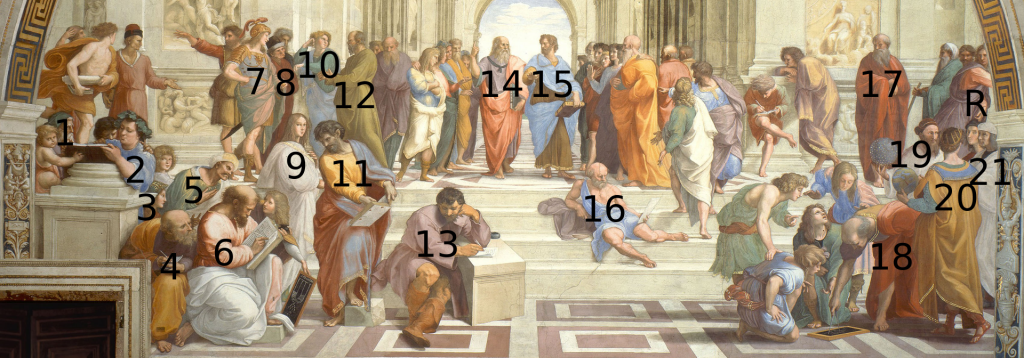
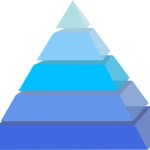 Hot White Snow
Hot White Snow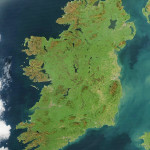 The Dake Page
The Dake Page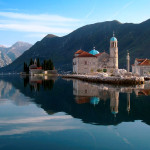 Science Travele
Science Travele